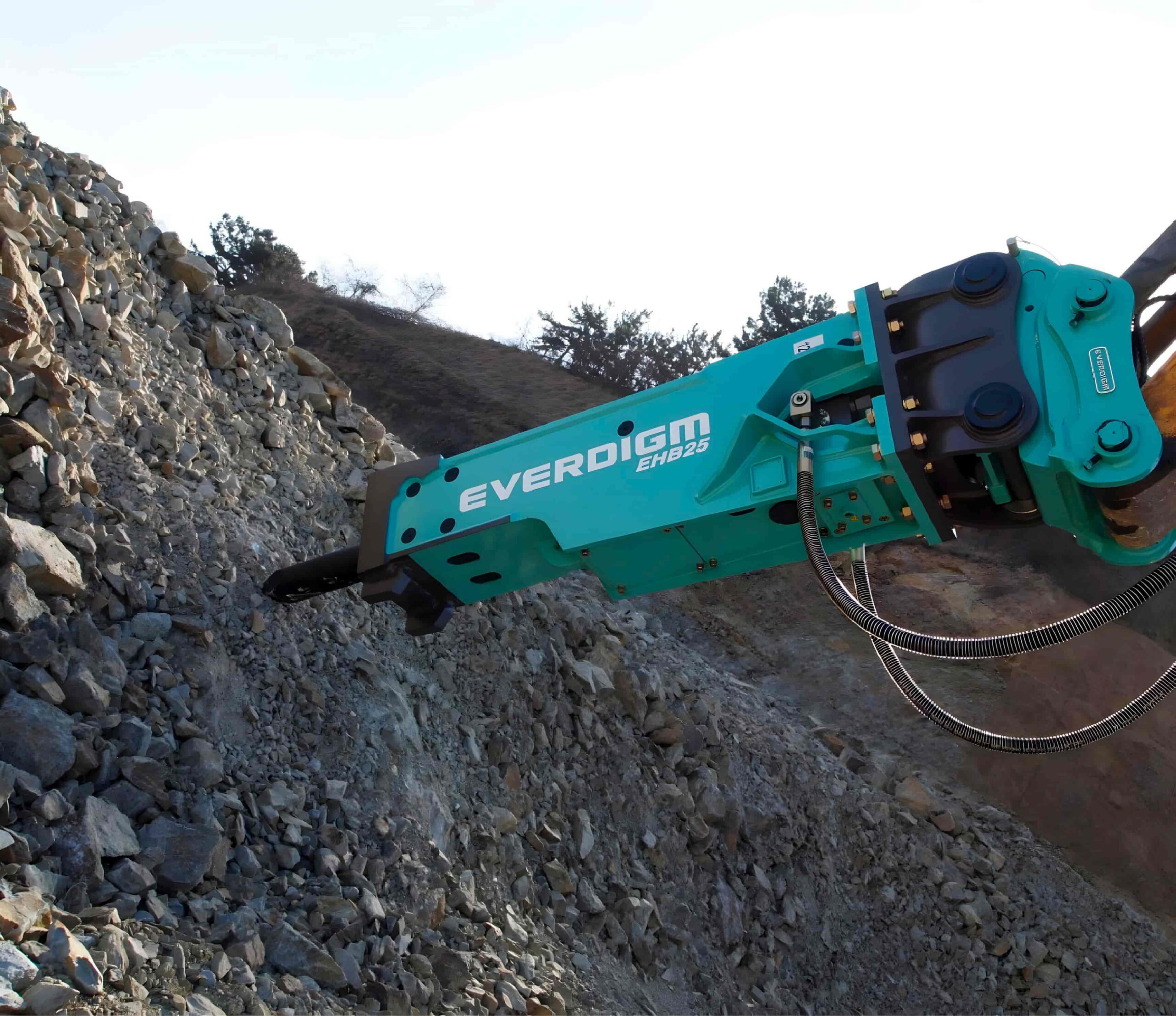Key Features and Considerations For Your Fleet
The construction and mining industries are evolving rapidly, and having the right equipment is crucial for efficiency and profitability. One of the most significant investments in these industries is an articulated dump truck (ADT). These trucks are known for their superior mobility, ability to navigate rough terrain, and high payload capacity. However, with various options available, choosing the right ADT machine for your fleet in 2025 requires careful evaluation. This comprehensive guide will walk you through the key factors to consider when selecting an articulated truck, compare different tonnage size options, and provide insights into the latest technological advancements.
Understanding Articulated Dump Trucks (ADTs)
An articulated dump truck is a type of heavy-duty vehicle designed for off-road use, particularly in construction and mining operations. Unlike rigid dump trucks, ADTs feature a pivot joint that allows for greater manoeuvrability on uneven terrain. These trucks typically range in capacity from 25 to 50 tons, with the 40-ton dump truck being one of the most popular choices for large-scale operations.
ADTs are specifically built to handle demanding environments where standard dump trucks would struggle. They offer superior traction and flexibility, which makes them ideal for applications such as earthmoving, quarry work, and heavy-duty material transport. Their ability to handle steep gradients and wet, muddy conditions makes them indispensable for contractors looking to maintain consistent productivity regardless of weather or terrain conditions.
Key Features to Consider
- Load Capacity and Payload Efficiency
The primary purpose of an ADT truck is to transport heavy loads efficiently. When choosing a model, consider your typical load requirements. Standard sizes range from 25-ton to 50-ton models, with 40 ton dump trucks being a preferred choice for many fleets due to their balance between capacity and fuel efficiency.
Load capacity directly affects the number of trips required to move materials, which in turn impacts fuel costs, labour costs, and project timelines. Overloading an ADT can cause excessive wear and tear, reducing the lifespan and increasing maintenance costs.
Conversely, underutilising a larger truck can lead to inefficiencies and unnecessary fuel consumption. Selecting the right size ensures that your fleet operates at peak efficiency while minimising costs.
- Terrain Adaptability
Different job sites require different levels of manoeuvrability and traction. ADT machines excel in rough terrain, but features such as tire size, suspension type, and drivetrain options will impact their performance. If your operations involve steep inclines, look for trucks with advanced traction control systems and powerful drivetrains.
One of the key advantages of articulated trucks is their ability to navigate uneven terrain where rigid-frame trucks would struggle. Many models feature six-wheel drive systems, allowing them to distribute power effectively and prevent wheel slippage in wet or unstable ground conditions.
Advanced traction systems, such as automatic differential locks, further enhance the truck’s ability to maintain stability while carrying heavy loads uphill or downhill.
- Fuel Efficiency and Operating Costs
Fuel consumption is a critical factor in operating costs. The latest ADT trucks feature fuel-efficient engines with advanced emissions control technology. Hybrid and electric options are emerging in the market, promising lower fuel expenses and reduced environmental impact. Compare fuel efficiency ratings and assess the total cost of ownership before making a decision.
Manufacturers are now prioritising fuel economy through improved engine designs, aerodynamic enhancements, and weight reductions. Features like automatic idle shutdown, load-sensing hydraulics, and eco-driving modes help reduce unnecessary fuel consumption. Considering the high operating hours of ADTs in mining and construction, even minor improvements in fuel efficiency can result in significant cost savings over time.
- Technological Advancements
The latest ADT machines incorporate cutting-edge technology, such as:
- GPS Tracking and Telematics: Enhances fleet management by providing real-time data on truck location, fuel usage, and maintenance needs.
- Autonomous and Semi-Autonomous Operation: Reduces operator fatigue and improves safety on job sites.
- Enhanced Safety Features: Includes collision avoidance systems, automated braking, and 360-degree cameras for better visibility.
Automation and digitalisation have become key trends in the heavy equipment industry.
Many modern ADTs come equipped with fleet management software that provide live diagnostics, allowing operators and managers to track performance, identify maintenance needs, and optimise fuel consumption. These systems can also help predict potential breakdowns before they happen, reducing downtime and repair costs.
- Durability and Maintenance
A high-quality ADT truck should be built for durability and require minimal maintenance. Look for trucks with reinforced chassis, high-quality suspension systems, and easy-access maintenance points. Availability of spare parts and manufacturer support should also be factored into your decision.
Durability is crucial for reducing long-term ownership costs. Features such as reinforced steel frames, high-impact-resistant dump bodies, and corrosion-resistant coatings extend the lifespan of ADTs. Additionally, manufacturers are now integrating remote diagnostic tools to assist maintenance teams in quickly identifying and resolving mechanical issues.
Making the Right Investment
When selecting an articulated truck for your fleet, consider your specific operational needs, budget constraints, and long-term profitability. While an initial investment in a high-quality ADT machine may be significant, choosing the right model with optimal fuel efficiency, durability, and technology can lead to substantial cost savings in the long run.
Additionally, factor in the availability of after-sales support, training programs for operators, and warranty options. A well-supported purchase ensures that your investment remains productive for years to come.
Consider the Future
Choosing the best articulated dump truck in 2025 requires careful consideration of load capacity, terrain adaptability, fuel efficiency, technological advancements, and maintenance costs. By thoroughly evaluating these factors and comparing top models, you can make a smart investment that maximizes productivity and minimizes costs. Whether you need a versatile ADT machine or a high-capacity 40-ton dump truck, this guide provides the insights necessary to make the best choice for your fleet.


